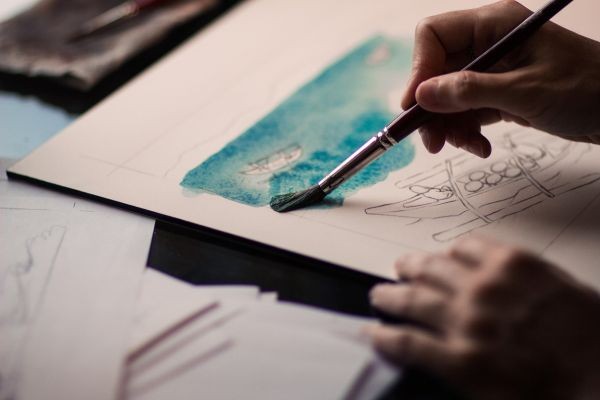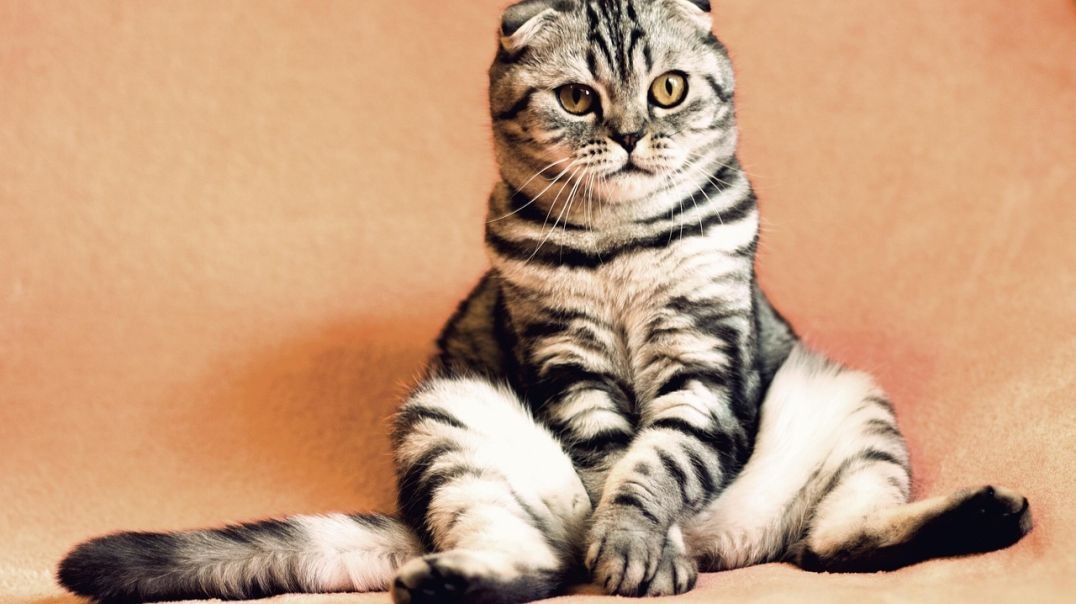Unlocking Creativity in Film & Animation: The Future of Visual Storytelling
Introduction
The world of Film & Animation has revolutionized storytelling, blending technology and artistry to captivate audiences worldwide. As digital platforms grow and audiences demand more immersive experiences, creators must stay ahead of trends to produce compelling content. Whether you're an aspiring filmmaker or a seasoned animator, understanding the latest innovations and best practices can elevate your projects to new heights.
The Evolution of Film & Animation
Historically, film and animation have been intertwined, from the early days of silent cinema to today's high-definition CGI blockbusters. The advent of computer-generated imagery (CGI) and motion capture technology has expanded the possibilities for storytellers. Today, animated films like Toy Story and Frozen set the standard for engaging narratives with stunning visuals.
Key Trends Shaping the Future
Virtual Reality (VR) and Augmented Reality (AR)
Immersive experiences are transforming how stories are told. VR and AR enable audiences to step into the story, creating a deeper emotional connection. Companies like Epic Games and Unity are pioneering tools that make this possible.AI and Machine Learning
AI-driven animation and editing tools are streamlining production workflows. From automated lip-syncing to realistic crowd simulations, AI accelerates the creative process while maintaining high quality.Cloud-Based Collaboration
Cloud platforms facilitate remote collaboration among global teams, making complex projects more manageable and cost-effective.Sustainable Filmmaking
With increasing awareness of environmental impact, filmmakers are adopting greener practices, such as virtual production and digital sets, reducing carbon footprints.
How to Stay Ahead in Film & Animation
Invest in Learning New Technologies
Master tools like Blender, Maya, or Adobe After Effects to stay competitive.Build a Strong Portfolio
Showcase your work on platforms like Vimeo and Behance to attract clients or collaborators.Network with Industry Professionals
Attend festivals such as Annecy International Animation Film Festival or Sundance Film Festival to connect with industry leaders.Embrace Storytelling
While technology is vital, compelling stories remain at the heart of successful films and animations.
Conclusion
The future of Film & Animation is bright, filled with innovative tools and storytelling techniques that push creative boundaries. By staying informed about emerging trends and continuously honing your skills, you can produce captivating content that resonates with audiences worldwide.










No comments found